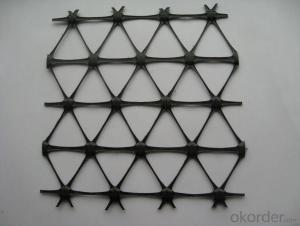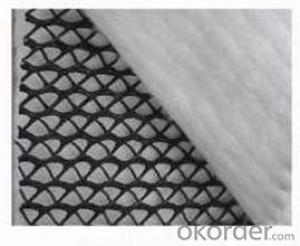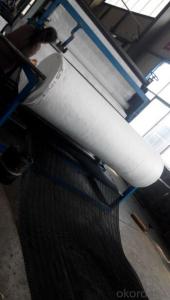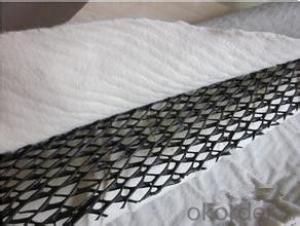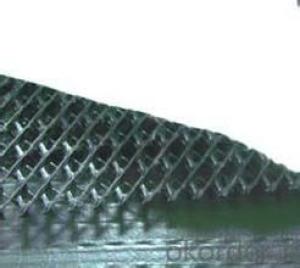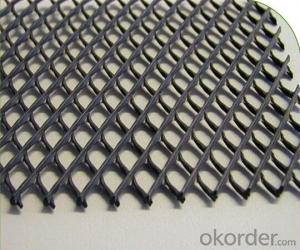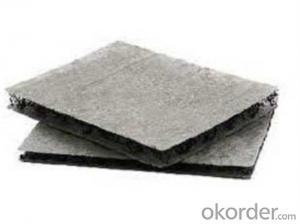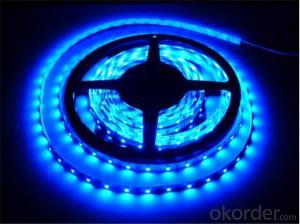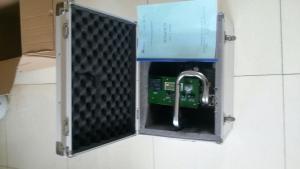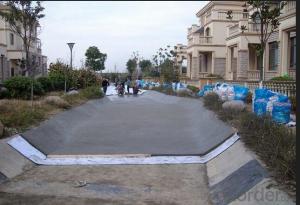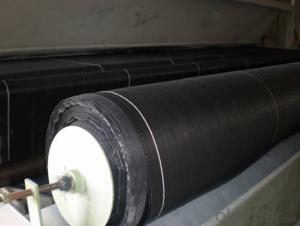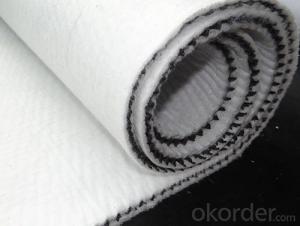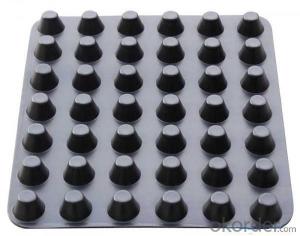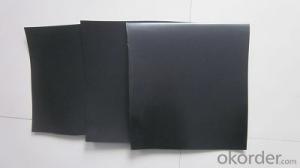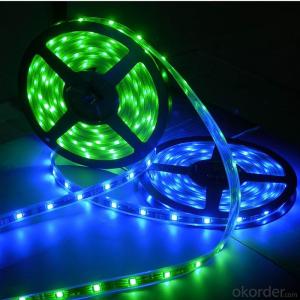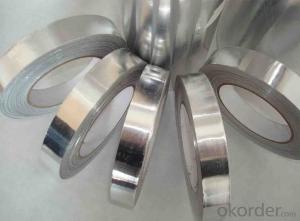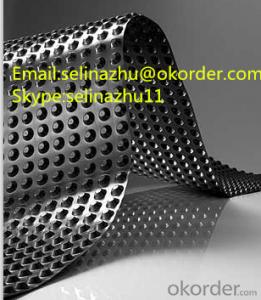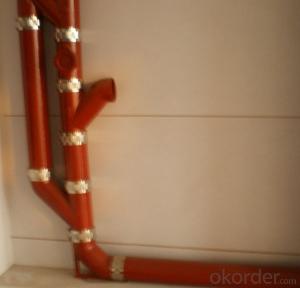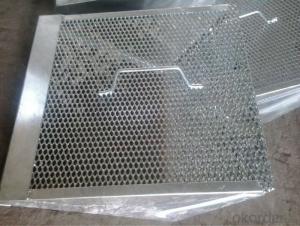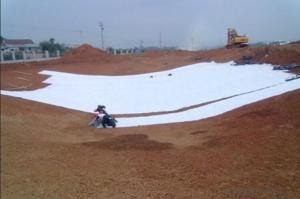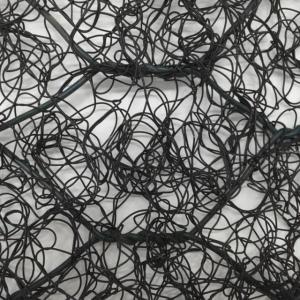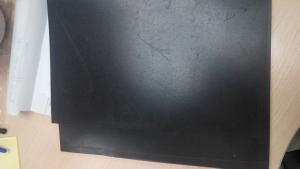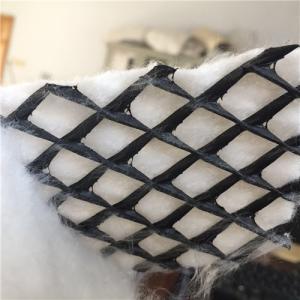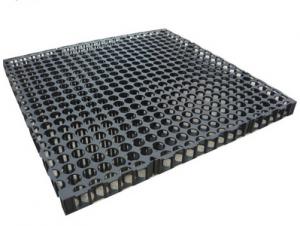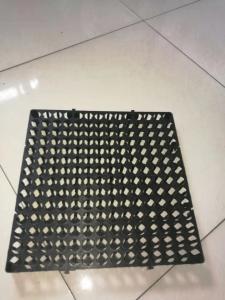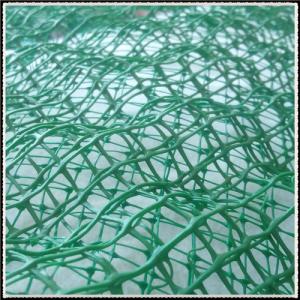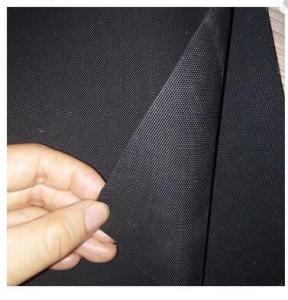Geocomposite Drainage Strip
Geocomposite Drainage Strip Related Searches
Geocomposite Sheet Drain Geocomposite Drainage Board Geocomposite Drainage Material Geocomposite Drainage Strip Geocomposite Strip Drain Geocomposite Drainage Net Geocomposite Drainage Layer Geocomposite Liner Geocomposite Drain Installation Geocomposite DrainHot Searches
Wholesale Liner Hdpe Geomembrane Wholesale Hdpe Geomembrana Hdpe Geomembrane Liner Manufacturers Hdpe Liner Cost Hdpe Pond Liner Specifications Geosynthetic Clay Liner Cost Landfill Liner Cost Geocomposite Manufacturers Geogrid Fabric For Sale Tensar Geogrid For Sale Geogrid For Sale Home Depot Geogrid Geogrid Home Depot Geogrid Fabric Near Me Geogrid Sizes Tensar Geogrid Distributors Tencate Geogrid Geogrid Near Me Geogrid Comparison Chart Geogrid ComparisonGeocomposite Drainage Strip Supplier & Manufacturer from China
Okorder.com is a professional Geocomposite Drainage Strip supplier & manufacturer, offers integrated one-stop services including real-time quoting and online cargo tracking. We are funded by CNBM Group, a Fortune 500 enterprise and the largest Geocomposite Drainage Strip firm in China.Hot Products
FAQ
- Geotextile fabrics offer several advantages in green roof installations. Firstly, they act as a barrier between the growing medium and the underlying roof structure, preventing soil erosion and root penetration. This helps to protect the roof from damage and extends its lifespan. Secondly, geotextiles promote proper drainage by allowing excess water to pass through while retaining moisture for the plants. This prevents waterlogging and enhances the health of the vegetation. Additionally, these fabrics can aid in weed suppression, reducing the need for herbicides and saving maintenance costs. Lastly, geotextiles provide a stable and uniform surface for the growing medium, preventing settling and ensuring even distribution of weight across the roof. Overall, the use of geotextile fabrics enhances the efficiency, longevity, and aesthetics of green roof installations.
- The recommended maintenance practices for earthwork products include regular inspection, cleaning, and repair. It is important to regularly inspect the earthwork products for any signs of damage, such as cracks, leaks, or erosion, and address them promptly. Cleaning the products regularly, especially after heavy use or exposure to harsh weather conditions, helps to remove dirt, debris, and prevent clogging. Additionally, repairing any identified issues immediately can prevent further damage and ensure the longevity of the earthwork products.
- Yes, earthwork products are generally resistant to weathering. Due to their composition and natural characteristics, earthwork products such as soil, clay, and rock tend to withstand weathering processes such as erosion, moisture, and temperature changes. However, the extent of their resistance can vary depending on the specific type of earthwork product and the intensity and duration of weathering conditions.
- Geosynthetic clay liners offer several benefits in mining operations. Firstly, they provide an effective barrier to prevent the leakage of potentially harmful substances, such as chemical solutions or mine tailings, into the surrounding environment. Secondly, these liners have high tensile strength and low permeability, ensuring the stability and containment of waste materials. Additionally, geosynthetic clay liners are relatively easy to install and require minimal maintenance, making them a cost-effective solution for long-term environmental protection. Overall, their use in mining operations helps to mitigate environmental risks and promote sustainable mining practices.
- Yes, geosynthetics can be used for lining irrigation canals. Geosynthetics, such as geomembranes or geotextiles, are commonly used in civil engineering projects for their durability, strength, and ability to control water flow. When used as liners, geosynthetics can prevent water seepage, reduce evaporation, and improve water conservation in irrigation canals.
- Yes, earthwork products are suitable for use in airport construction. These products, such as soil, gravel, and rocks, are commonly used in various aspects of airport construction, including runway construction, grading, drainage, and landscaping. Earthwork products provide stability, support, and proper drainage systems required for airport infrastructure, making them essential materials in airport construction projects.
- Yes, earthwork products can be used in bridge construction. Earthwork products such as soil, rocks, and geotextiles are commonly used for various aspects of bridge construction including foundation preparation, slope stabilization, and erosion control.
- The weight options available in earthwork products can vary depending on the specific product and its intended use. Some common weight options include lightweight, medium weight, and heavy-duty. However, it is important to note that the weight of earthwork products can be customized to meet the specific requirements and preferences of the customer.

